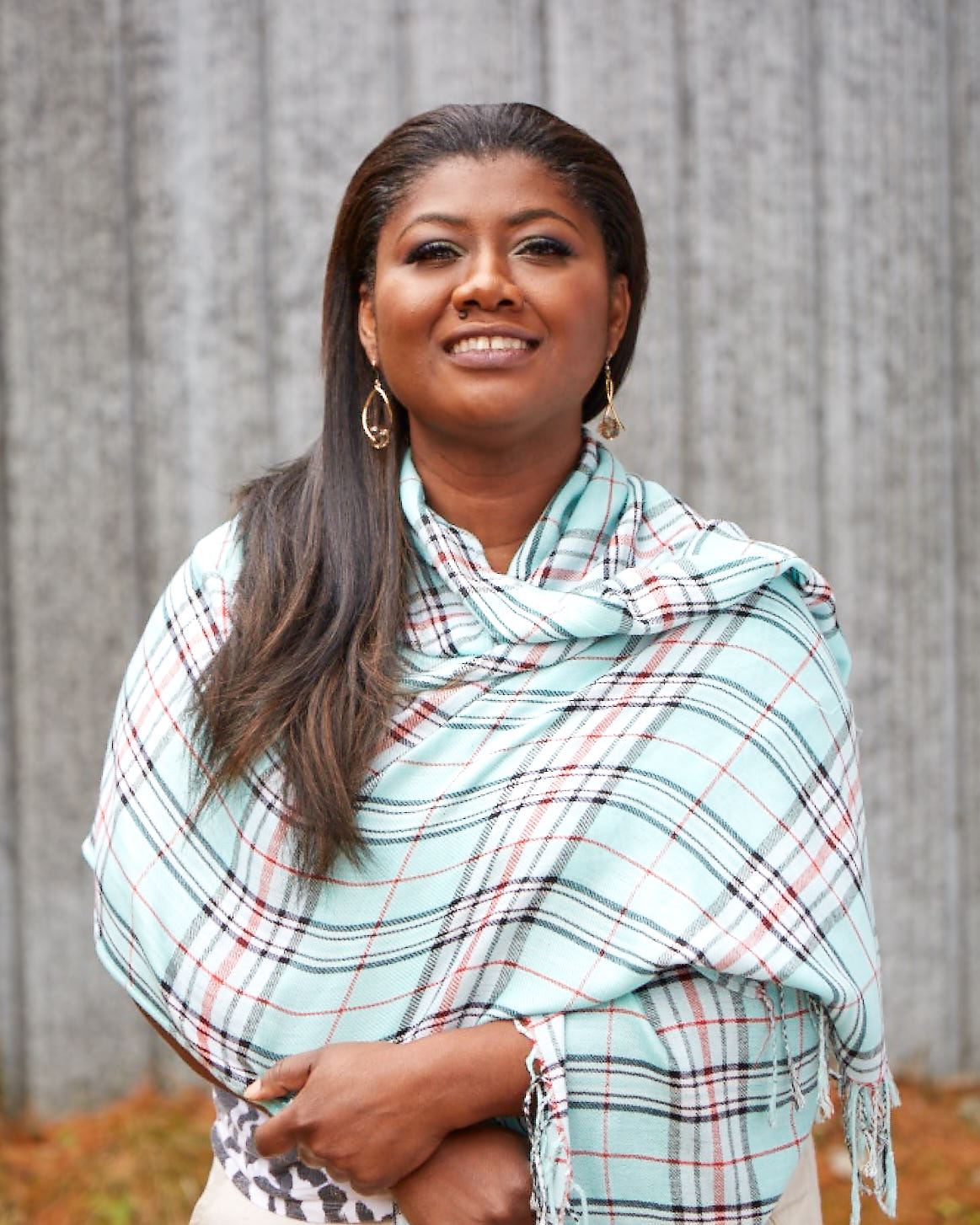Sucheta contributes to AFAR, Travel+Leisure, TIME Magazine, Atlanta Magazine, AAA, Conde Nast Traveler, CNN, Southern Living, Fodor’s Travel, Marriott Bonvoy Traveler, HuffPost, Thrillist, Georgia Trend Magazine, Khabar, and others. Read her latest stories below…
To work with Sucheta for editorial coverage and press trips, contact Sucheta or download her media kit.
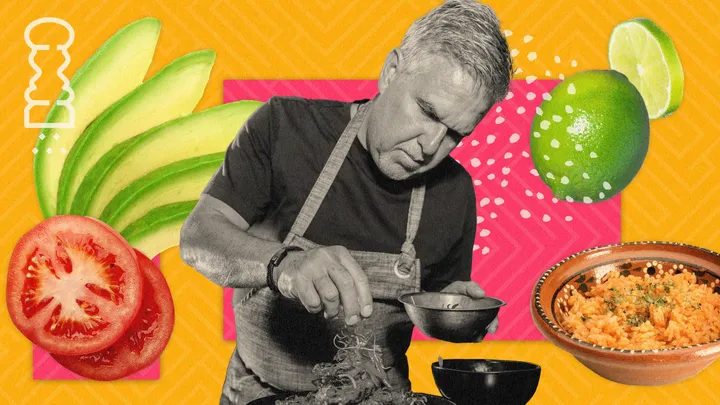
HuffPost. August 2023. Mexican chef and restaurateur Richard Sandoval has been a key player in teaching the world about traditional Mexican cooking. Over the last two decades, Sandoval has broken the stereotypes surrounding Mexican cuisine through his 60-plus concepts across 11 countries, two cookbooks, and a children’s book that teaches the importance of food systems and sustainability. […]

HuffPost. March 2023. Maya-Camille Broussard is a Chicago-based chef, author and social entrepreneur who believes people living with disabilities have a superpower. As a Black woman and a member of the deaf and hard of hearing community, Broussard started the bakery Justice of the Pies as an L3C (low-profit limited liability company) for social impact. She also runs workshops for elementary-age […]
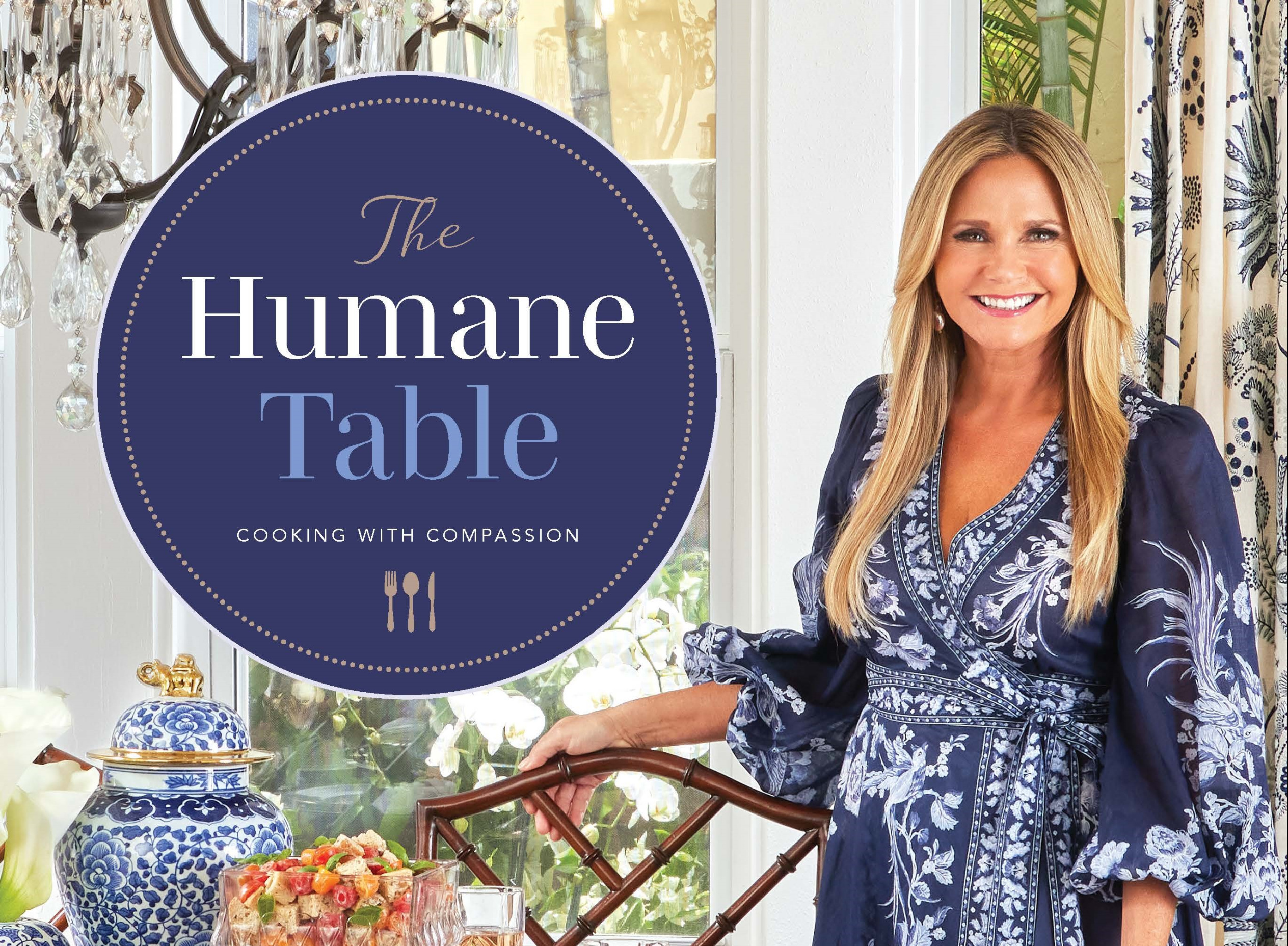
Georgia Trend. December 2022. The first thing that you think about during the holidays? Food. Parties, family gathering and baking together are integral to the festive season. A new book shows us how to approach our food with kindness, respect and dignity. If you are inclined to eat well and give back not only this […]
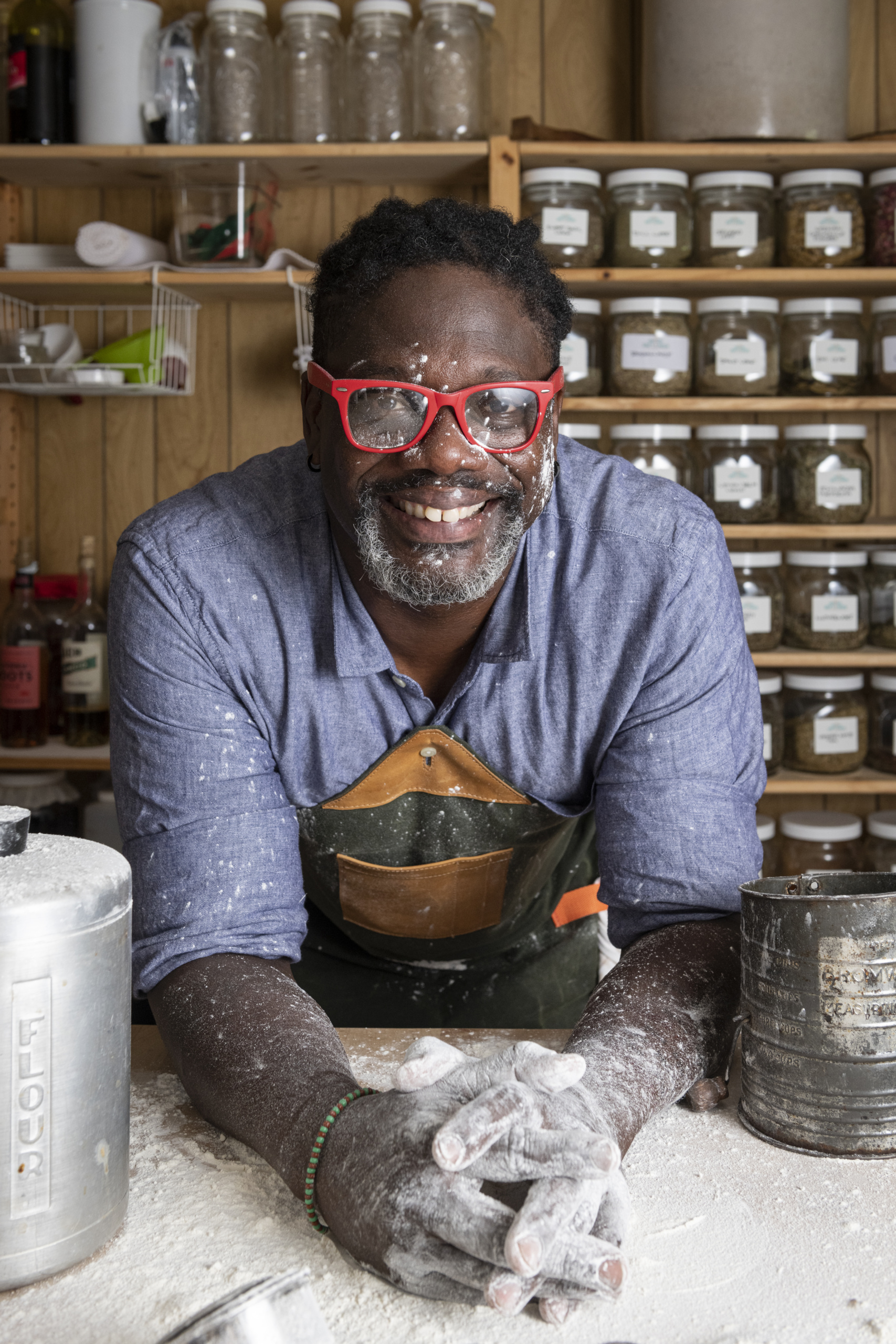
HuffPost. February 2022. Matthew Raiford is a chef, author and farmer on a mission to raise awareness of the life cycle of food, especially in the African-American community. As a sixth-generation Gullah Geechee in the coastal South, Raiford is working to pass on his ancestral and acquired knowledge of growing, cooking and preserving food, by hosting […]
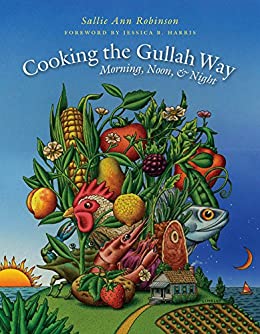
Cuisine Noir. September 2021. Many African American decedents of enslaved people lived along the barrier islands and along the coast of Georgia, Florida and both Carolinas. “Instead of dying after their landowners abandoned their cotton, indigo and rice plantation, the Geechee thrived in collectives that shared their bountiful resources as well as their own language, […]
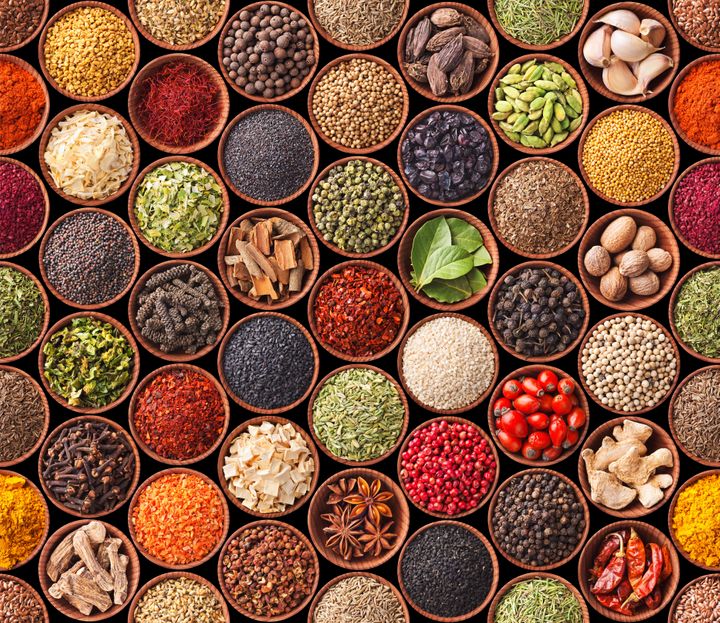
HuffPost. January 2021. When it comes to health goals, the new year marks a reset point for many of us. After months of stress eating, pandemic cooking and staying indoors, many of us have ignored our bodies. Though we can’t control much external stress, we can strengthen our immune systems and minds to better face the challenges that […]

For Cuisine Noir Magazine. June 2018 At age of 30, Julius Jackson is a professional boxer, chef, cookbook author, model, and actor. He is a light-heavyweight Olympic qualifier and plays a boxer on the Telemundo series El Cesar based on the life of Julio Cesar Chavez. Born and raised on the beautiful island of St. […]
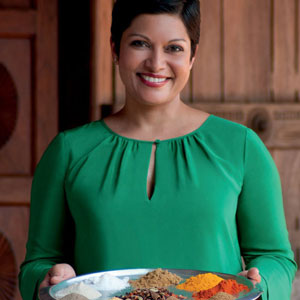
Many Americans who see veganism as downright unappetizing may be in for a surprise to learn of the richly flavorful Indian vegan dishes. Exotic aromas and finger-licking flavor may not be the first associations that come to mind when most people think of vegan food. But forays into Indian cuisine, especially through a cookbook like […]
